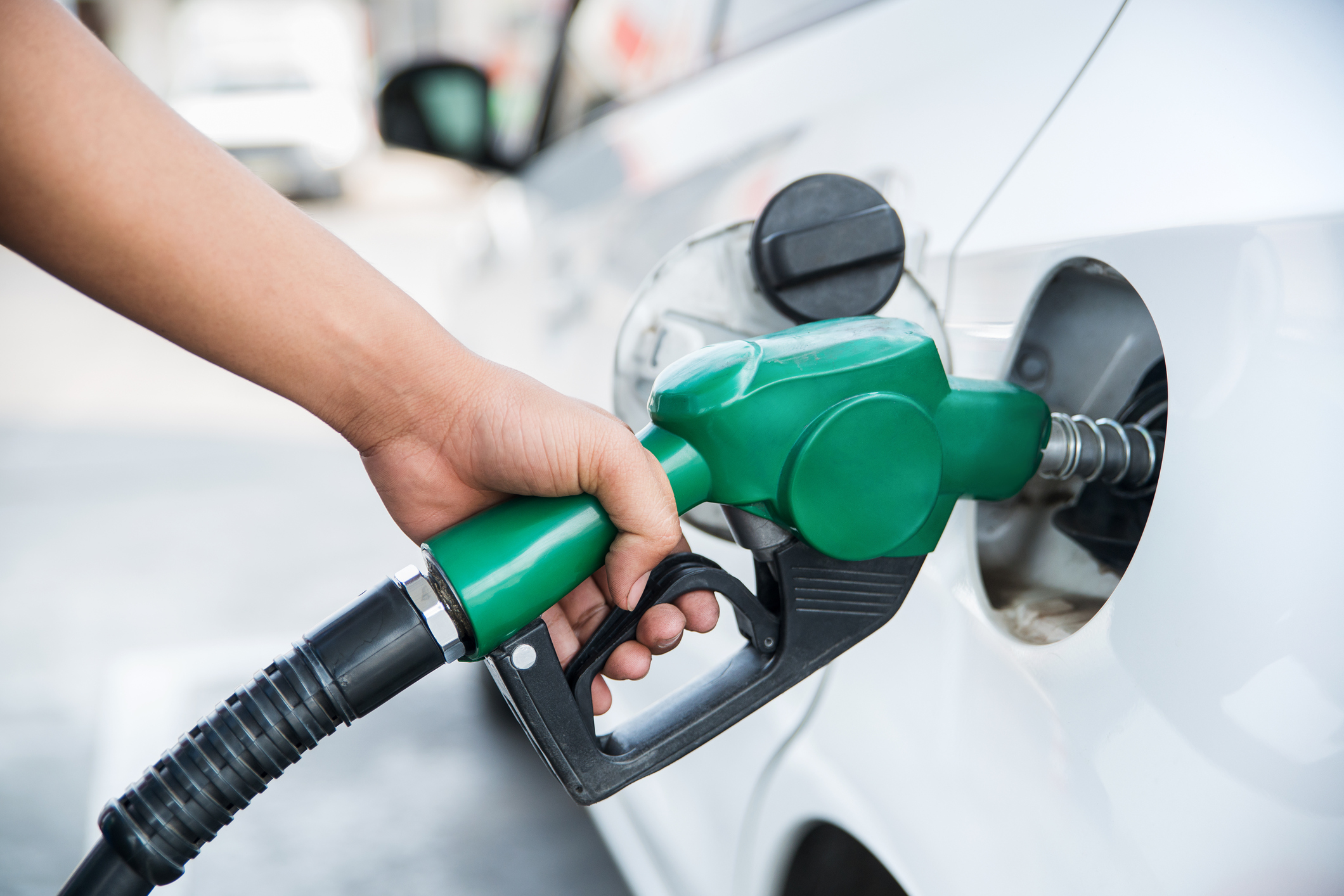
EPA moves to increase support for ethanol and other renewable fuels.
Whether they know it or not, many drivers around the United States already fill their gas tanks with something other than pure gasoline. And under a new proposed rule from the U.S. Environmental Protection Agency (EPA), they soon may be filling up their tanks with more corn, sugar cane, and wood than ever before. The fuel industry has blended ethanol—a renewable fuel made from corn, sugar cane, and other plant materials—into U.S. gasoline for decades, giving the renewable fuel a supporting rather than leading role in powering American drivers. But this paradigm could change in the near future, according to the EPA.
EPA recently proposed several updates to the standards that govern ethanol and other renewable biofuels, aiming to further encourage their production, distribution, and use. Most of the gasoline now sold in the United States already contains a small percentage of ethanol because existing regulations mandate adding renewable fuel to traditional fuels. In the United States, fuel manufacturers mainly use corn to produce ethanol, but scientists continue to develop and apply methods of making ethanol from new sources such as food waste and previously overlooked plants.
With its proposed rule, EPA intends to strengthen existing renewable fuel standards through several methods: re-labeling fuel blends that include between 16 and 83 percent ethanol as a brand new category called “ethanol flex fuel” rather than gasoline; reducing regulatory burdens for producers who process their biofuels at multiple facilities; and approving new biofuel sources such as separated food waste and wood. Increasing support for biofuels, EPA argues, will advance national climate change goals by reducing greenhouse gas emissions.
The Agency notes that although all gasoline engines can use the low-ethanol fuel blends currently in the market, only vehicles equipped with specialized engines would be able to use the “ethanol flex fuel” covered in the proposed rule, thus limiting the fuel’s reach. The U.S. Department of Transportation and U.S. Department of Energy estimate that, of the approximately 260 million vehicles in the nation today, just 20 million contain the engines necessary to use these newer fuel blends. And, of these drivers, many remain unaware that their vehicles can use flex fuels.
Although the proposed rule would technically affect less than ten percent of American drivers, the changes remain controversial. Surprisingly, some industry and environmental groups have voiced similar criticisms concerning the country’s current approach to promoting biofuels.
Industry groups, such as the American Petroleum Institute, argue that continuing to support high-ethanol blends may increase prices at the pump and damage car engines. Underscoring these points, Frank Macchiarola, a director at the Institute, reportedly stated in a recent Congressional hearing that “[c]onsumers’ interests should come ahead of ethanol interests,” and maintained that the government should not push higher ethanol blends on unwilling consumers.
Some environmental groups also argue that increasing support for biofuels is an unwise decision and challenge the idea that these fuels are easy fixes for problems related to climate change. Friends of the Earth, an international environmental group, is campaigning to reduce reliance on biofuels, citing the industry’s threat to forest ecosystems, indigenous ways of life, and wildlife populations.
Both industry and environmental organizations contest the stance of agencies like EPA and the Energy Department that substituting gasoline and diesel for biofuels will reduce greenhouse gas emissions and slow the pace of climate change. However, the federal agencies are not alone in their support for biofuels. The California Air Resources Board, a state agency tasked with maintaining air quality in California, notes that ethanol may reduce greenhouse gas emissions depending how the ethanol is produced.
Yet, many industry and environmental groups have failed to address one important aspect of biofuel regulations—the effect that increased ethanol use will have on dwindling water supplies in the United States. Jay Famiglietti, a senior water scientist at the U.S. National Aeronautics and Space Administration, questions the prudence of policy decisions that drain stressed water supplies to irrigate water-intensive crops. Many of the nation’s top ethanol producing states sit in the “breadbasket” of America where farmers irrigate crops, such as corn, using water from underground aquifers. In Kansas, the main source of water—the largest basin of freshwater in the United States—is dwindling rapidly, in part due to the water used up by massive acres of crops earmarked for ethanol production.
If policymakers fail to consider the relationship between energy and water, Famiglietti warns that “consequences will be huge.”
EPA’s proposed rule will remain open for public comment for 60 days after it is published in the Federal Register.



